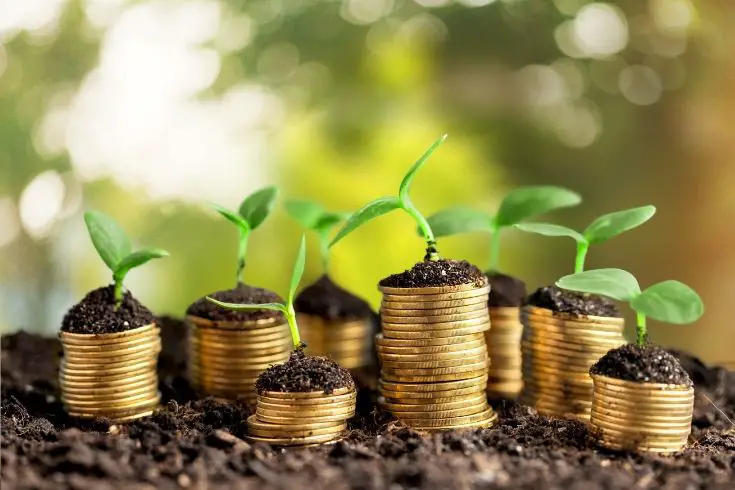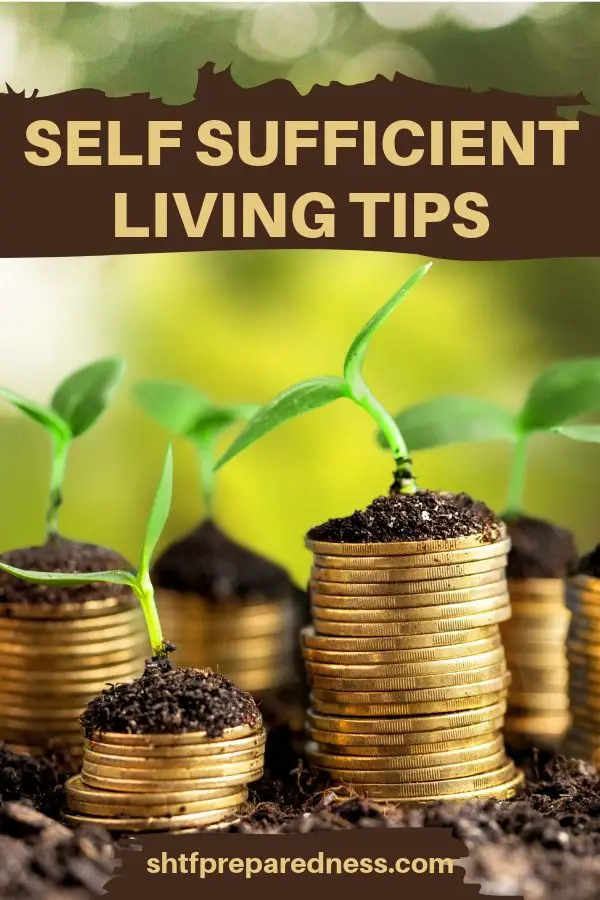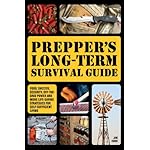SHTFPreparedness may collect a share of sales or other compensation from the links on this page.
Self-sufficient living is defined by Wikipedia as “sustainable living in which nothing is consumed outside of what is produced by self-sufficient individuals.”
But how does self-sufficient living actually work?

What Should I Know About Self-Sufficiency Living?
Let’s look at the two things involved in sustaining yourself financially when you try this form of living.
- Not Relying on an Outside Job
- Having Passive Sources of Income
How Not to Rely on an Outside Job?
The only way you can have a sustainable life without holding an outside job is to live frugally. There is nothing complicated about this. But, how do you do that?
Keep Your Monthly Bills as Low as Possible
This really requires a change in your approach to life. There are so many simple things you can do to achieve this, such as:
- washing your laundry with cold water
- using cloth diapers rather than disposable products
- growing a garden
- raising animals for meat
- and so on
There are so many frugal ideas out there! You just need to make use of them in your daily life.
Create Multiple Income Streams
You must think of multiple income streams to sustain yourself without having to do an outside job—that’s what self-sufficient living is all about.
You can do things like:
- selling DIY products on Etsy or eBay
- advertising your services on Craiglist
- joining a home business such as Avon, blogging for passive income
- writing self-published eBooks
- there are so many things you can do
Have a Long-Term Strategy
Well, there are no easy ways about this, but for self-sufficient living, you must not have any debts to pay off, whether it’s credit card debt, student loans or mortgages.
So, work on systematically paying off all your existing debt. You can also think of eco-friendly solutions such as having a solar panel installed on the roof, which would bring down your monthly electric bill significantly.
Self-Sufficient Living Books
The Self-Sufficient Life and How to Live It Prepper’s Long-Term Survival Guide: Life-Saving Strategies for Self-Sufficient Living
Prepper’s Long-Term Survival Guide: Life-Saving Strategies for Self-Sufficient Living  Self Sufficiency for the 21st Century, Revised & Updated
Self Sufficiency for the 21st Century, Revised & Updated The Complete Book of Self-Sufficiency: The Classic Guide for Realists and Dreamers
The Complete Book of Self-Sufficiency: The Classic Guide for Realists and Dreamers
Earning a Passive Income
Now that you know how to live without an outside job, it’s time to see how you can earn passive income for an added cushion.
What is Passive Income?
Passive income is nothing but an income that you earn regularly without having to do anything to get it.
The best way to earn a passive income is to invest your money safely and earn regular interest on your investment: “Passive Interest Income”. Invest money, and make more money out of it (interest)—as simple as that.
But, of course, you’ll need some money to get started. Here’s how you can earn passive interest income.
Open a Savings Account
Savings accounts are a great way to earn passive interest and have complete control over your money; you can withdraw your savings any time you like.
Money market accounts have better interest rates than most savings accounts, but you’ll be asked to maintain a minimum balance.
A great option for a bank, if you’re looking for one, is the Capital One 360. Here, the interest rates are a lot higher than at most local banks, and you have complete access to your savings. You can withdraw easily through ATMs or deposit checks, even over the phone.
Plus, there is a nice sign-up bonus: $25 if you’re opening a savings account and $50 if you’re opening a checking account.
The disadvantage of investing in a savings account is that the interest rates are not the highest compared to other investments, but on the plus side, you have full access to your savings.
Invest in a Certificate of Deposit (CD)
A Certificate of Deposit, or CD, has higher interest rates than what you get in a savings account, but you cannot access the principal until the maturity of the CD.
This means that on saving your money in the CD for a certain period of time, as agreed upon earlier with the bank, you get a higher interest rate on maturity. Withdraw earlier, and you lose the interest.
You should make Capital One 360 your choice for an investment in CDs, as here you can get the interest amount at any time of your choice, as long as they get to keep the principal amount for the mandated period. This way, you’ll have a source of income at any point in time.
You should also take advantage of the CD ladder, where you may buy CDs for 3, 6, 9, & 12 months and then roll them over to a period of 1 year at the maturity of each term.
This gives you full access to your money, as there will be a CD maturing every 3 months. You will then have a choice of renewing the CD or withdrawing the principal at the end of the 3-month period.
Invest in Dividend Stocks
Investing in dividend-bearing stocks is a riskier investment than the other two passive income streams listed by us, but it is also (potentially) a more profitable investment.
When you buy a dividend stock, you earn a dividend, which is a certain percentage of the stock price, each year or each quarter, depending on the particular company you’ve invested in. You can, of course, buy more of the same stock if it works out well.
It’s hard to predict how much you may earn in the form of dividends; there are some companies that declare as much as 30% of the price of the stock as a dividend, while there are others that are very miserly, declaring just 2 or 3%.
Of course, there is nothing to guarantee that the stock will always do well; it might go down in a recession or because of poor quarterly performance by the company. So, you can never be certain about your principal amount.




